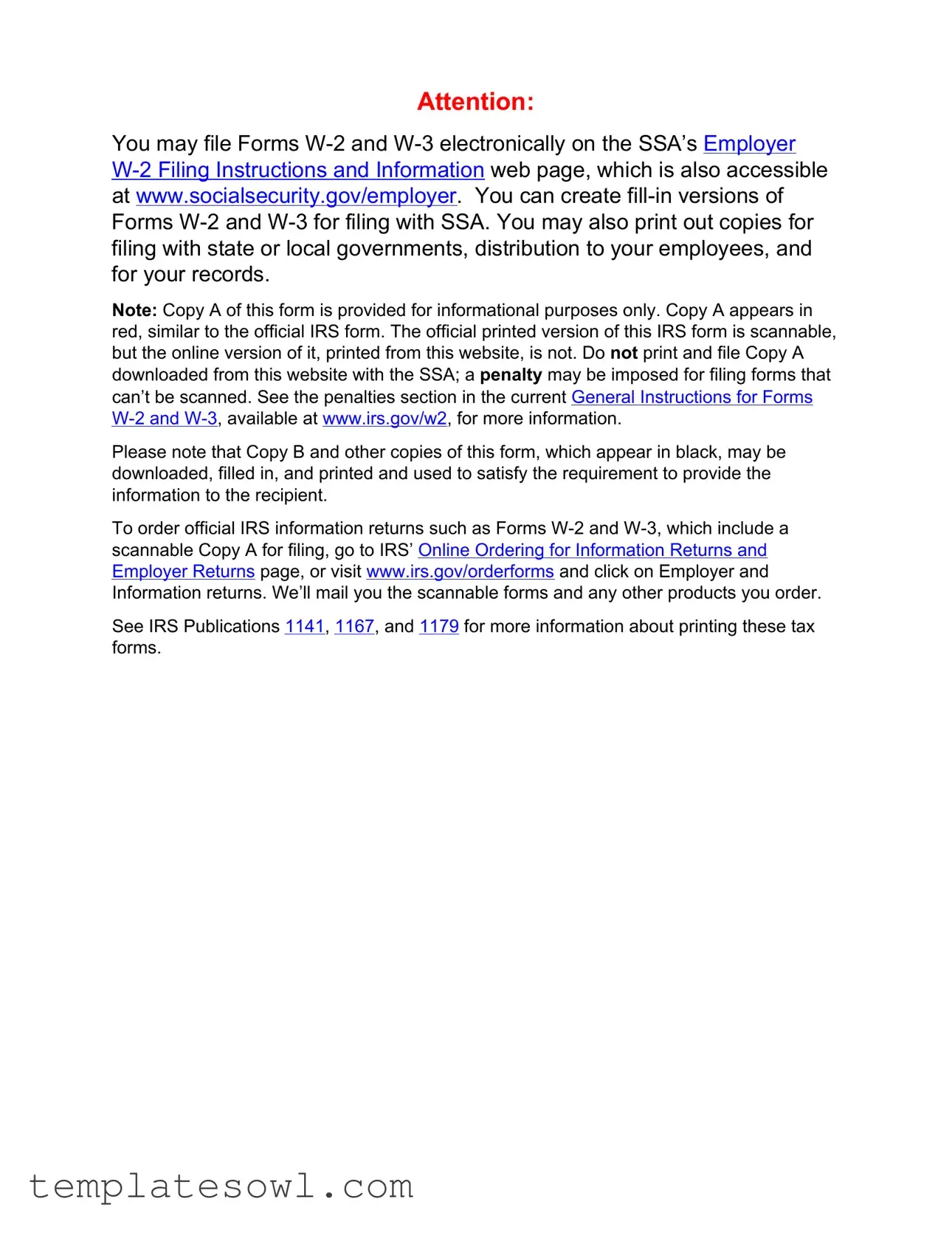What is the Circle K W2 form?
The Circle K W2 form is a wage and tax statement that employers use to report an employee's annual wages and the taxes withheld from their paycheck. It is essential for employees to accurately file their income tax returns. The form includes various details such as the employer’s identification number, employee's social security number, wages earned, and the amount of federal, state, and local taxes withheld. Each employee typically receives a copy from their employer at the end of the tax year.
How can I file the Circle K W2 form electronically?
To file Forms W-2 and W-3 electronically, employers can visit the Social Security Administration’s (SSA) Employer W-2 Filing Instructions web page. Here, they can also create fill-in versions of Forms W-2 and W-3 to file with the SSA. This is a safe option that aids in ensuring compliance with federal requirements while avoiding common errors associated with paper filing.
What should I do if my W2 form contains incorrect information?
If there are any inaccuracies on your W2 form, such as incorrect name, social security number (SSN), or address, you should correct Copies B, C, and 2 of the form. Additionally, you must ask your employer to amend the records and file Form W-2c, which is the Corrected Wage and Tax Statement, with the SSA. Be sure to retain a copy of the corrected form to include with your tax return.
Is the online version of the W2 form scannable?
No, the online version of the W2 form, if printed directly from a website, is not scannable. Only the official printed version of the form provided by the IRS is scannable. If the online form is filed incorrectly, a penalty may be imposed. Therefore, it is advisable to order the official IRS forms for accurate filing.
What is reported in Box 12 of the W2?
Box 12 of the W2 form reports additional information such as the cost of employer-sponsored health coverage, nonqualified plans, and retirement plan contributions. This information is provided strictly for the employee's knowledge and is not taxable. Employees should review this box to understand their benefits better.
How can I obtain a copy of the official W2 form for filing?
To acquire an official W2 form, employers can visit the IRS's Online Ordering for Information Returns page. This allows them to order the necessary scannable forms for accurate filing. It is recommended that this process be completed well before tax season to ensure timely receipt of the documents needed for tax return preparation.






